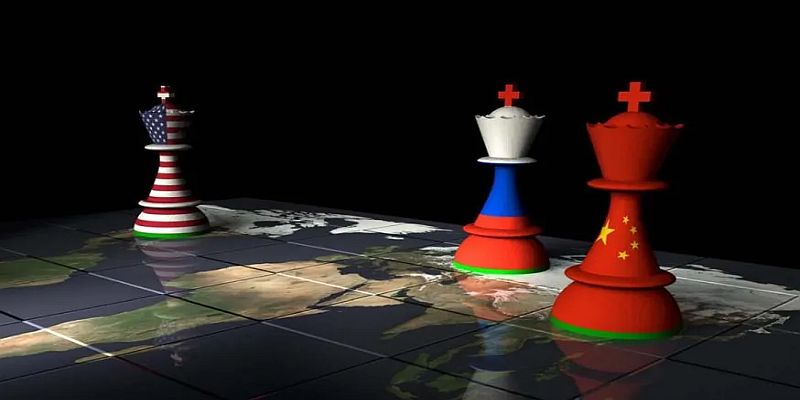Geopolitics of Critical Minerals

The increasing demand and competition for critical minerals is driving unending geopolitical tensions over which countries can gain access to these resources and how best to manage them. As the geopolitical competition amongst global economic superpowers; China, US, EU, Russia, United Kingdom and new emerging powers such as Australia, UAE and India has increased in recent years. The strategic partnerships and infrastructure partnerships such as the Lobito corridor have been signed. Recently, we have witnessed the emergence of ‘Mineral for Security deals’ such as the ones signed between the US- Ukraine and the US- DRC aimed at transferring control of a portion of critical mineral supplies in exchange for security guarantees and protection. There are many geopolitical interests and tools used at play but these are the noticeable physical manifestations of this geopolitical competition for critical minerals.
The consequences of these new geopolitical realignments are diverse but alignments and signed deals force smaller countries to surrender sovereignty of their mineral natural resources by attach their political interest to the supply of critical minerals. There has been a surge in the use of counter friendshoring measures by importing countries establishing direct partnerships with exporting countries for raw critical minerals. While this may be viewed as a positive development for minerals and commodities trade, the tilted partnerships reinforce the underdevelopment of the downstream supply chain capacity for critical minerals, especially as developed countries secure the Just Energy Transition (JET) technologies. And are not willing yet to transfer this technology to the minerals source countries. The complex dynamics and intricate geopolitical forces surrounding critical minerals therefore demands a comprehensive and forward-thinking strategy to effectively navigate the evolving global landscape. Without this, the risk of securing little benefits from the critical mineral wealth for Eastern and Southern Africa is real.
The EU Strategic Minerals Partnerships and implications on Africa’s critical Minerals
Amid global geopolitical tensions, the EU has been ramping up efforts to diversify its mineral value chains. The EU has forged strategic partnerships with critical minerals resource-rich African nations like Tanzania, Namibia, DRC, Zambia and Rwanda. To date the EU has established partnerships for critical raw materials with at least 14 countries. These partnerships are designed to secure access to critical minerals at various stages of the value chain, strengthen European industrial resilience and accelerate the green transition of its economies while supporting Africa’s own industrialization ambitions. The EU has further established a multistakeholder partnership with the US to develop the Lobito corridor project. While these partnerships are considered vital in ensuring improved mineral governance and securing investment inflows into Africa’s mining sector, on the flipside they are viewed controversially as a strategic path for continued EU dominance by tightly tying Africa as a source of raw critical materials to feed Europe’s industrial base.
The EU strategic minerals partnerships have a prospect of placing Africa as a global player in the critical minerals space and potentially securing Africa’s contributing towards a net zero future. According to the EU, the strategic partnerships will involve cooperation on supply chain integration, infrastructure financing, research and innovation, capacity building, and sustainable sourcing of minerals. With strategic leverage and tactful negotiation, Africa can potentially wean itself off the largely exploitative contracts previously signed with mining companies that were economically biased, had disregard for human rights and responsible sourcing. Without tearing the existing contracts apart, Africa can establish a new progressive framework to guide its mining
However, the EU mineral partnerships are viewed as inherently biased and pursued with less consideration of socio-economic and environmental considerations. According to SOMO, the EU strategic partnerships are not good for addressing climate change and net zero. Despite the green tint, the EU is focused on the minerals and less on the effects. Europe is ultimately pursuing a resource-intensive growth strategy to bolster its industries in profiting from low-emission technologies. This prioritization of growth neglects that affluent countries’ overconsumption of resources is the root cause of climate change and the major driver of biodiversity loss, pollution, and waste. Worse, the unfavorable trade regimes [secured under the partnerships] can prevent poor resource-rich countries from climbing up global value chains.
By Moses Kulaba, of Governance and Economic Policy Centre and Robert Letsatsi of Botswana Watch Organization
Governance and Economic Policy Centre (GEPC) is a regional think tank and do governance and development organisation, based in Tanzania, with a national, regional and Africa continental outlook
